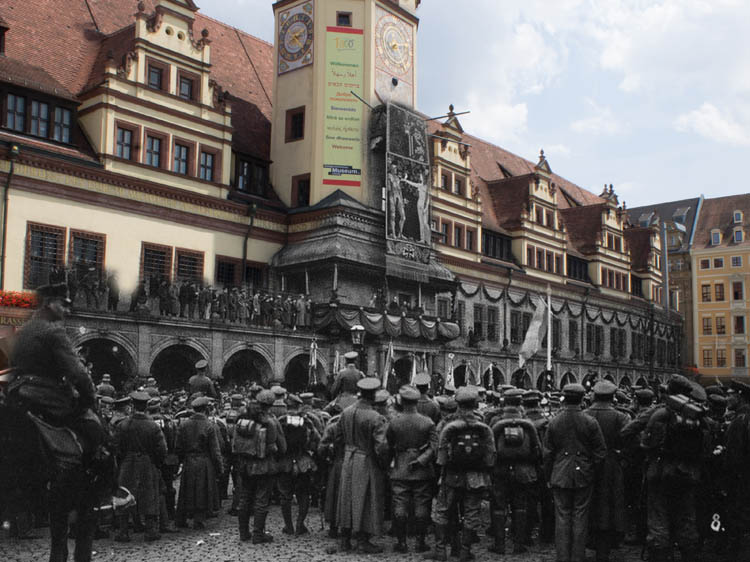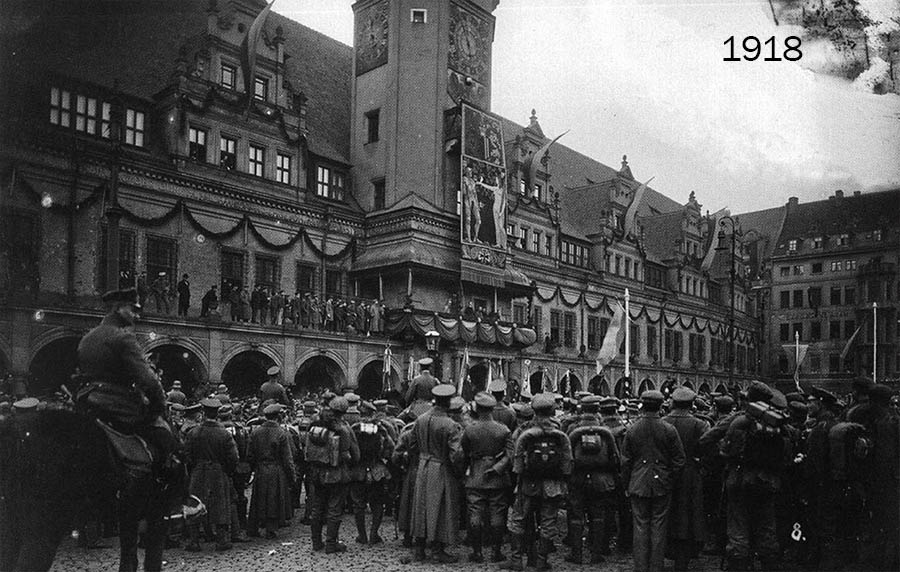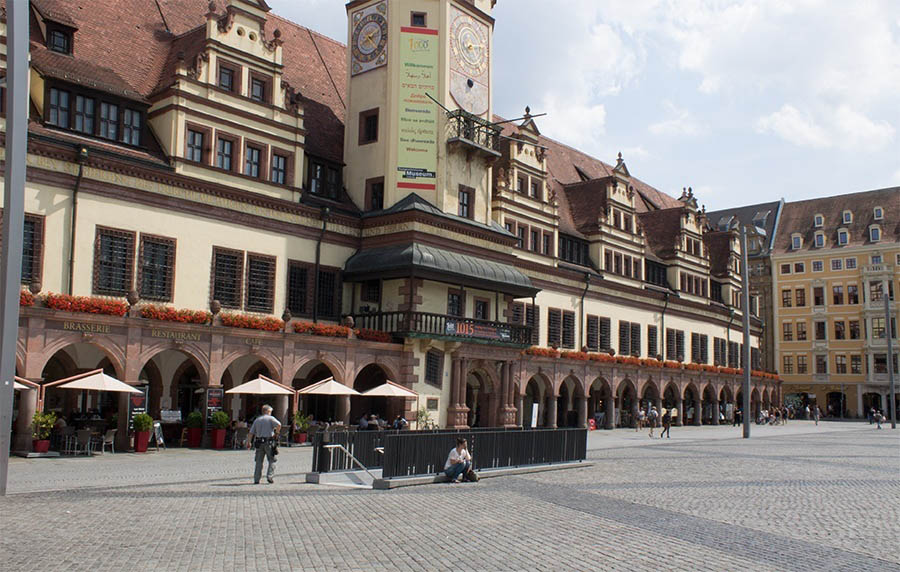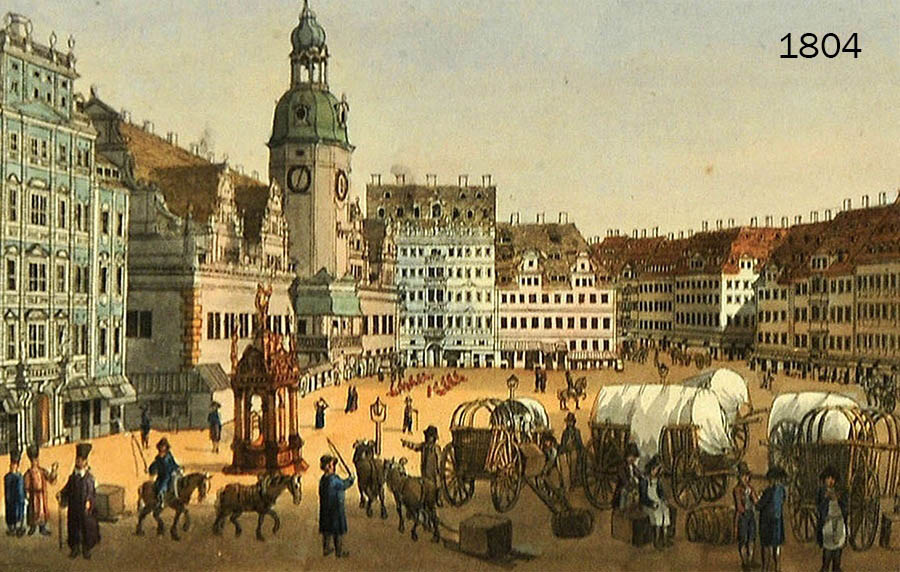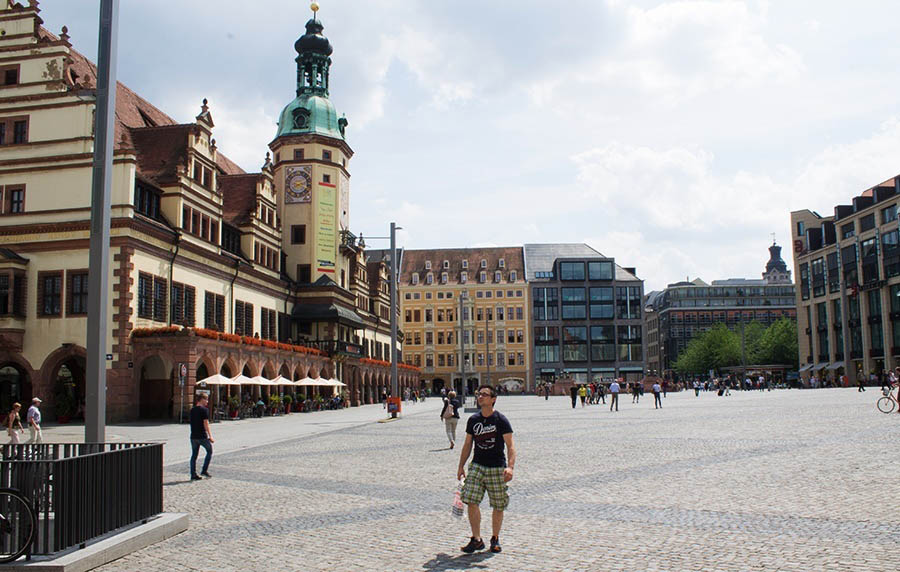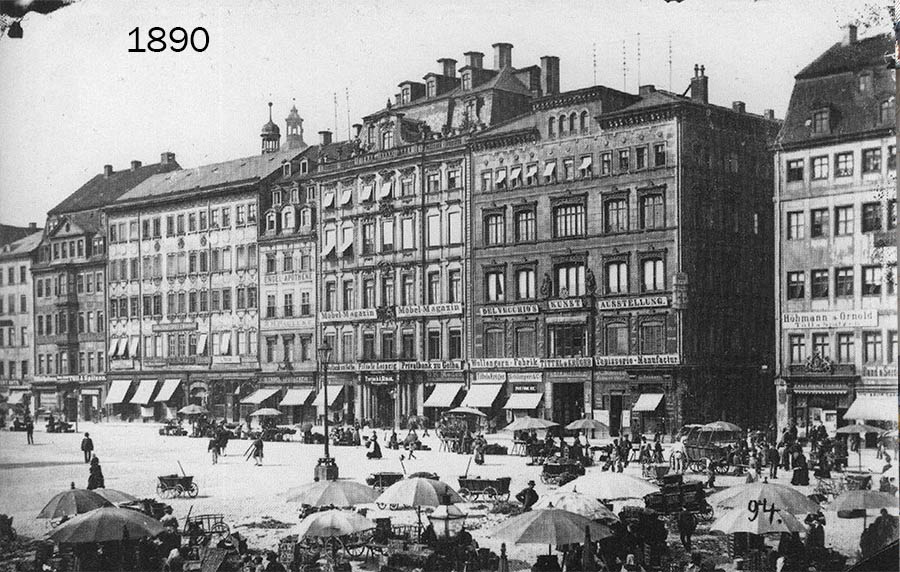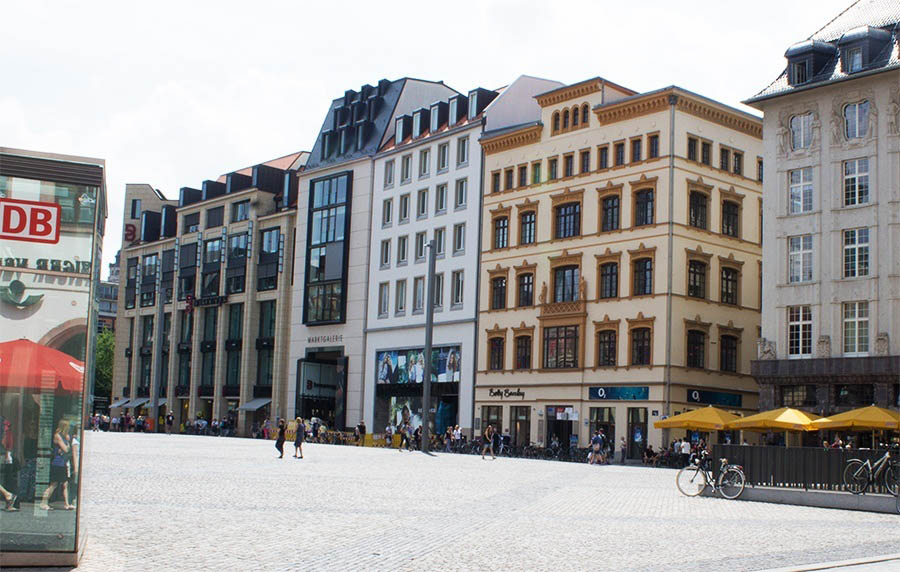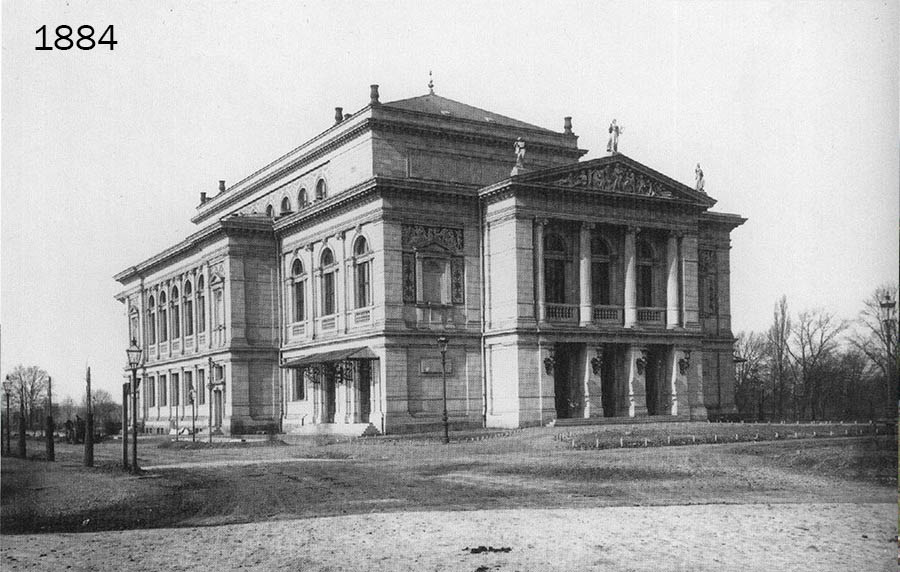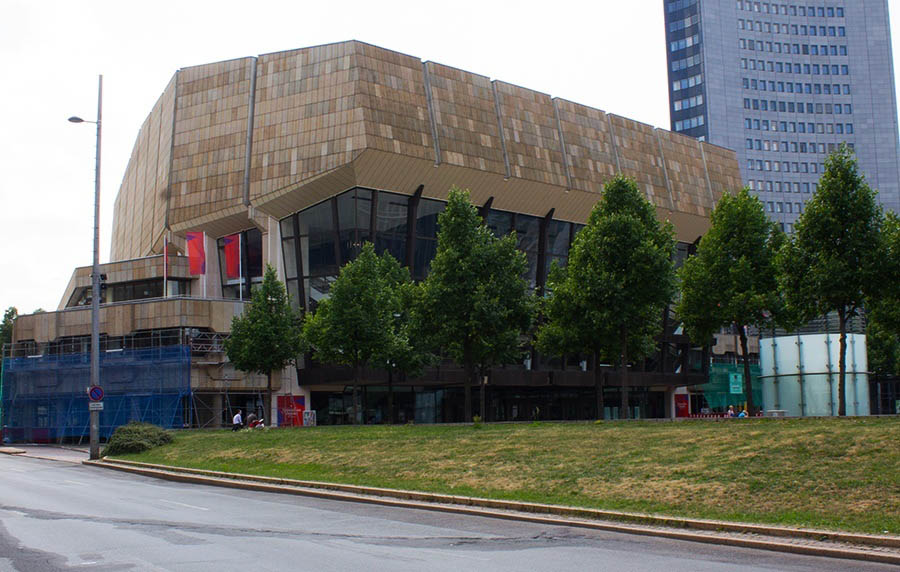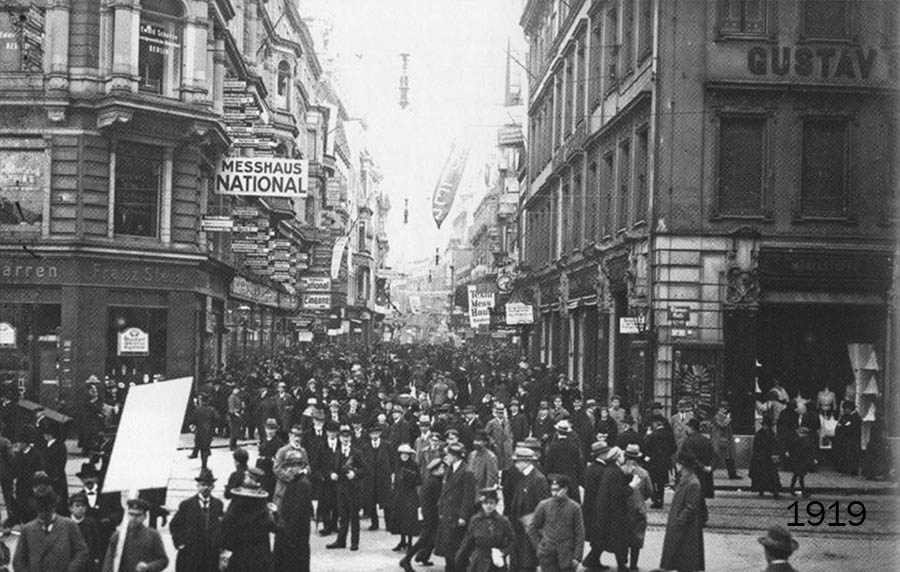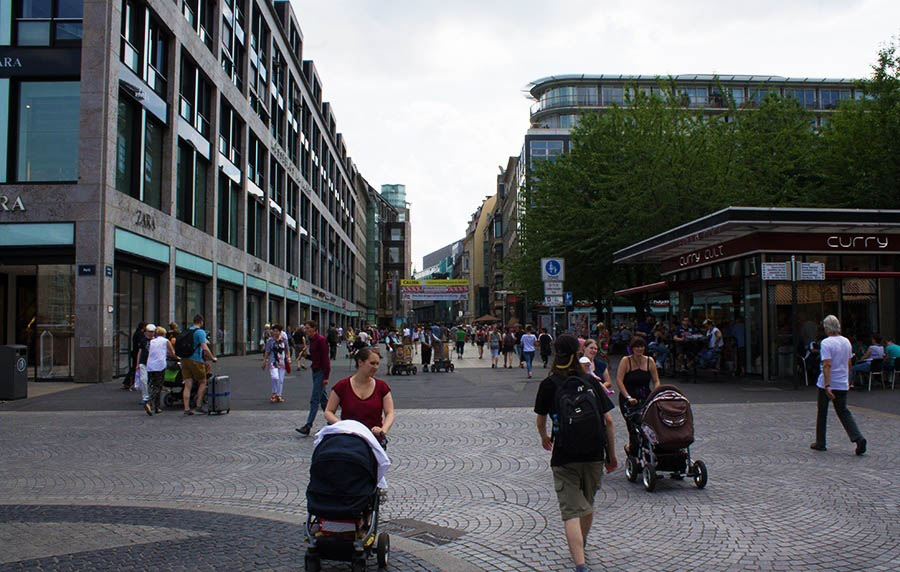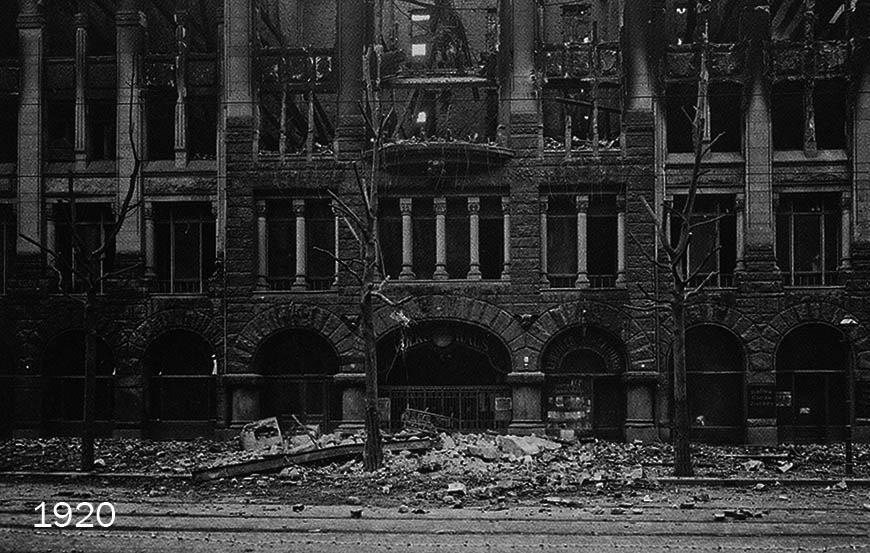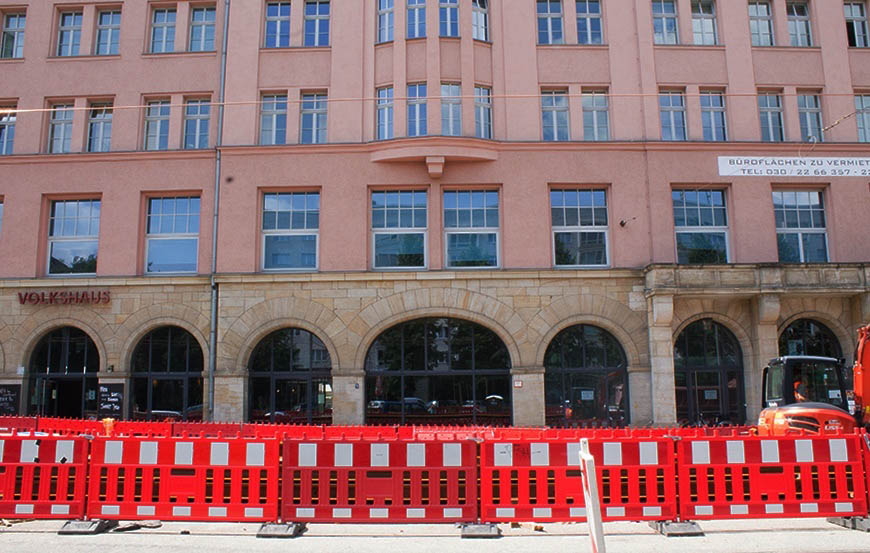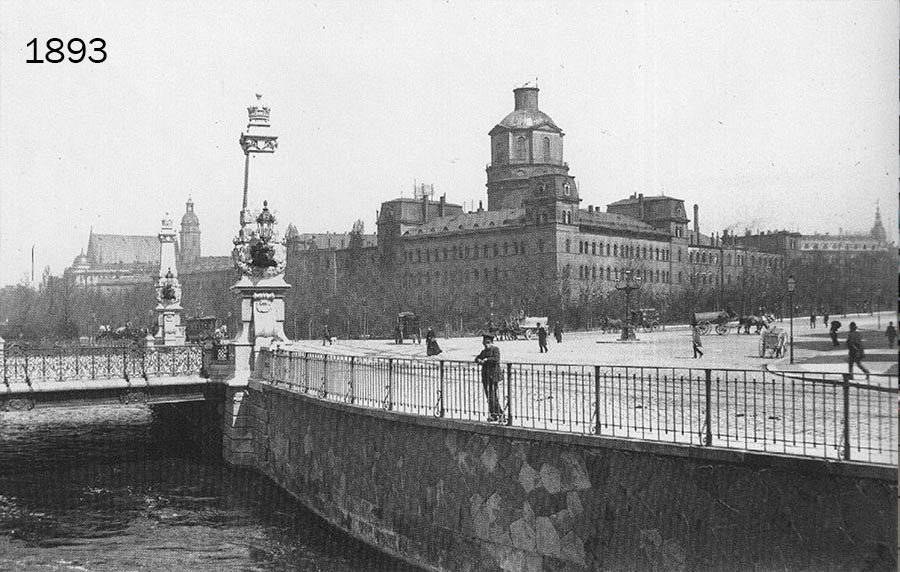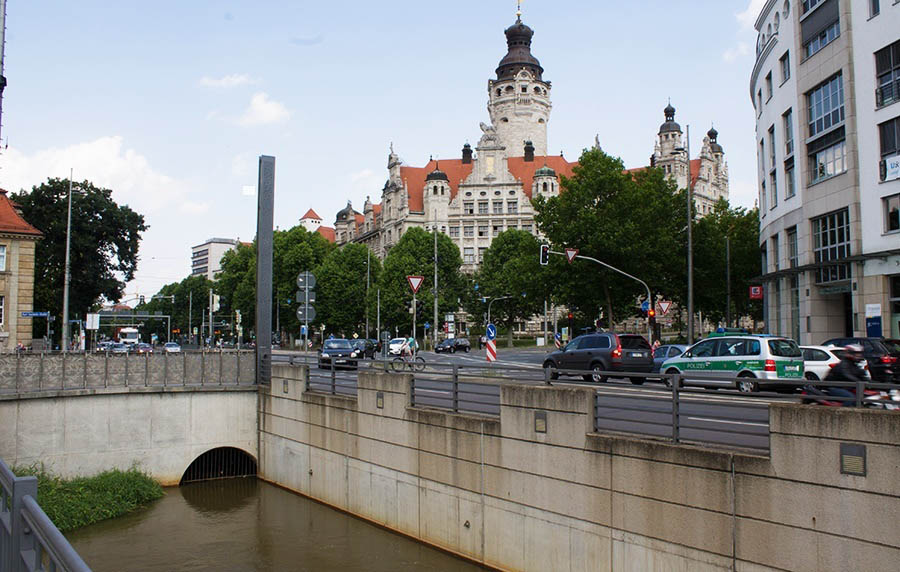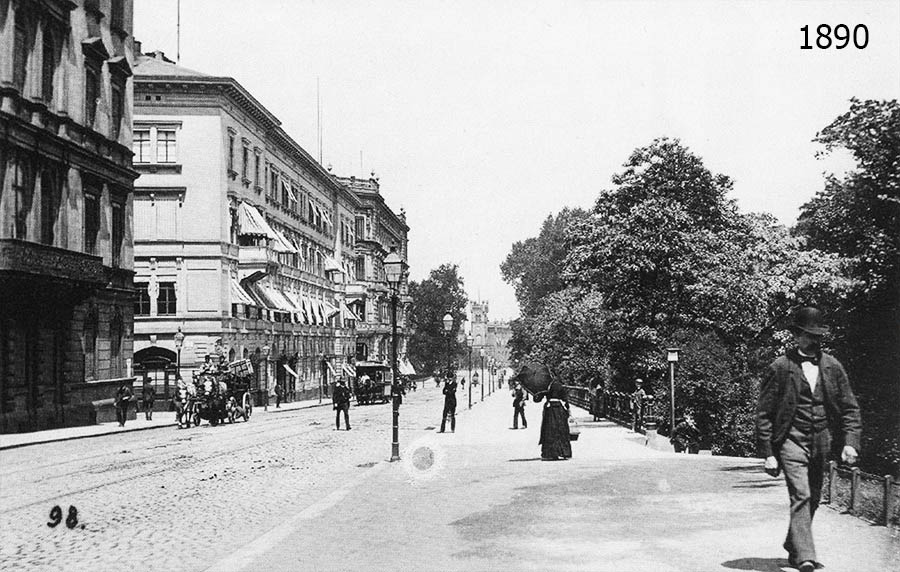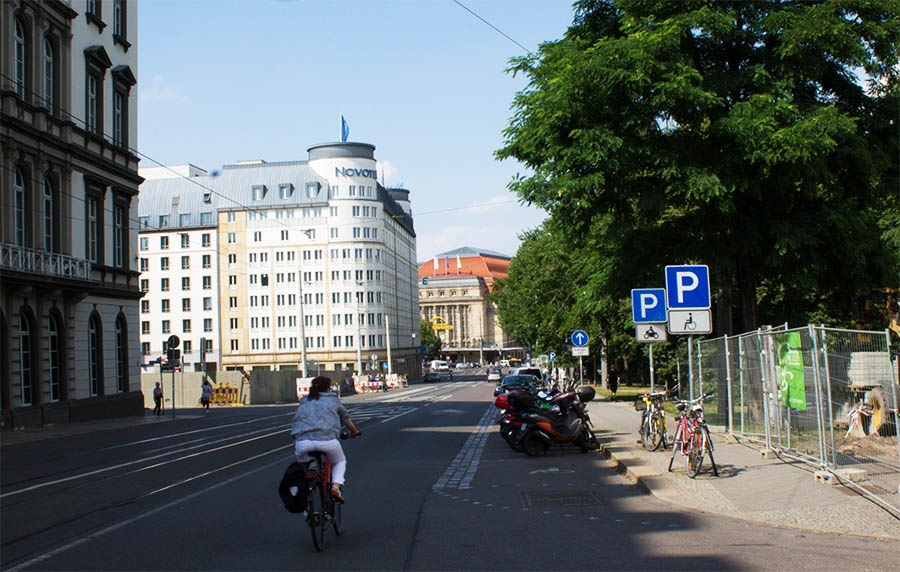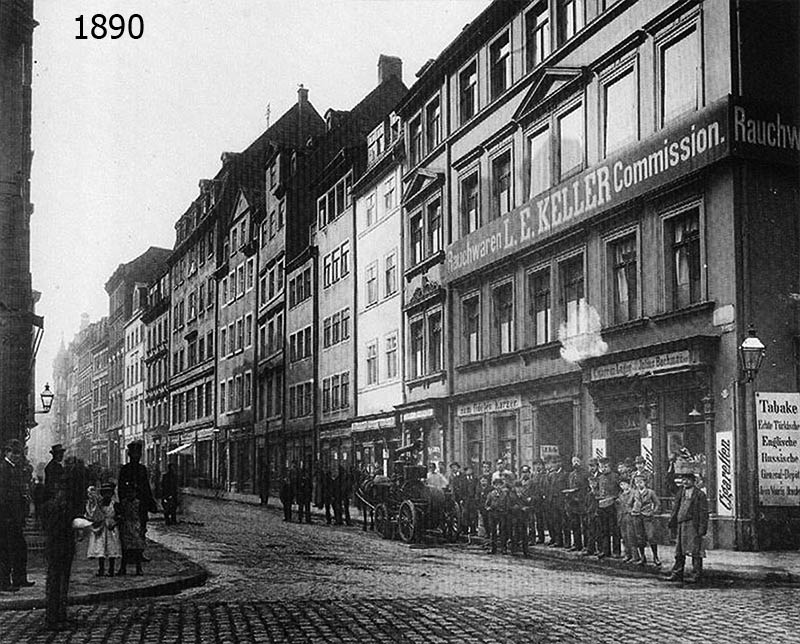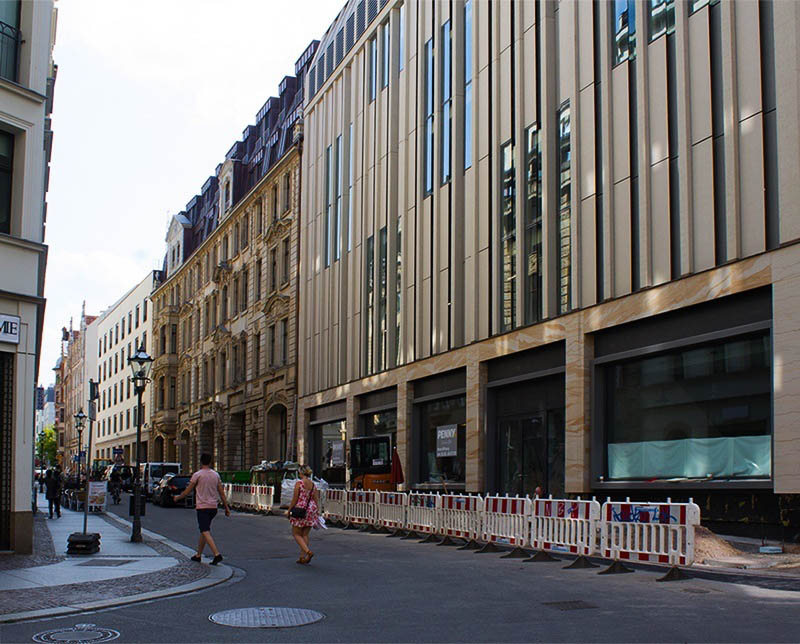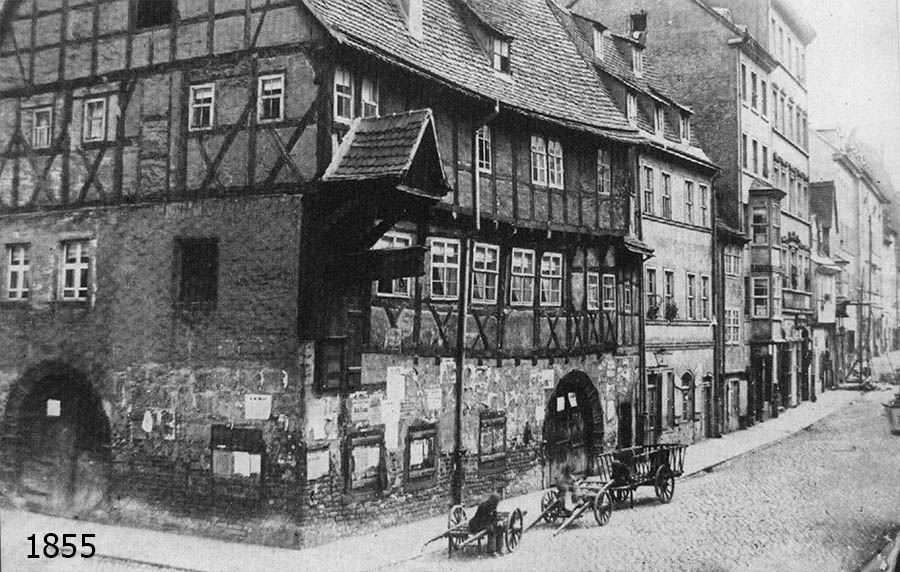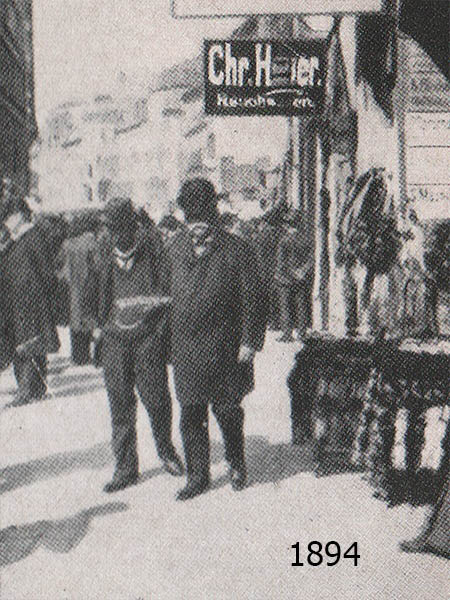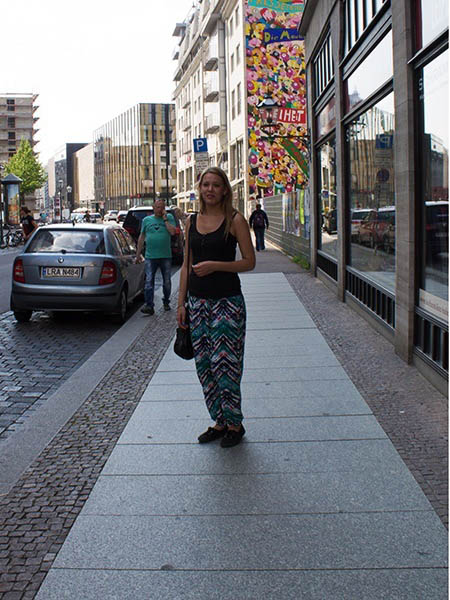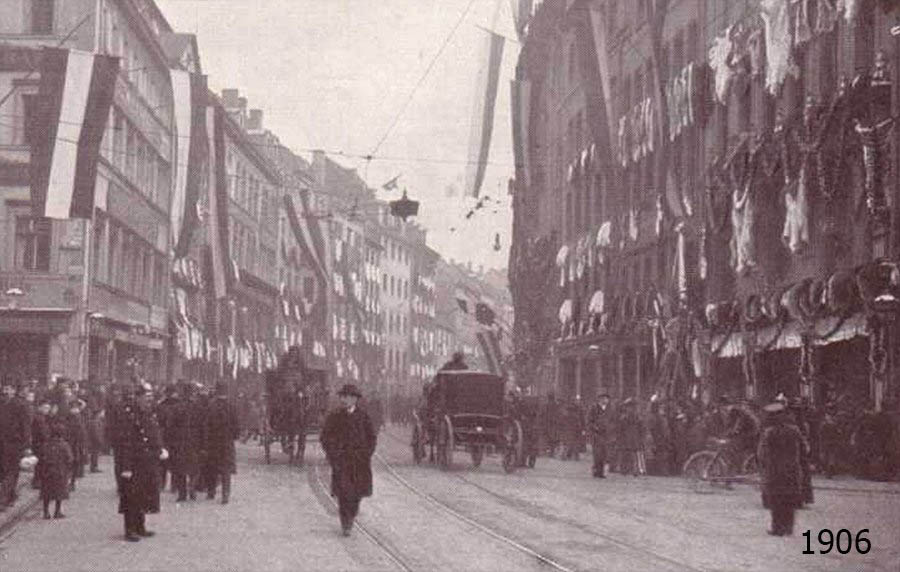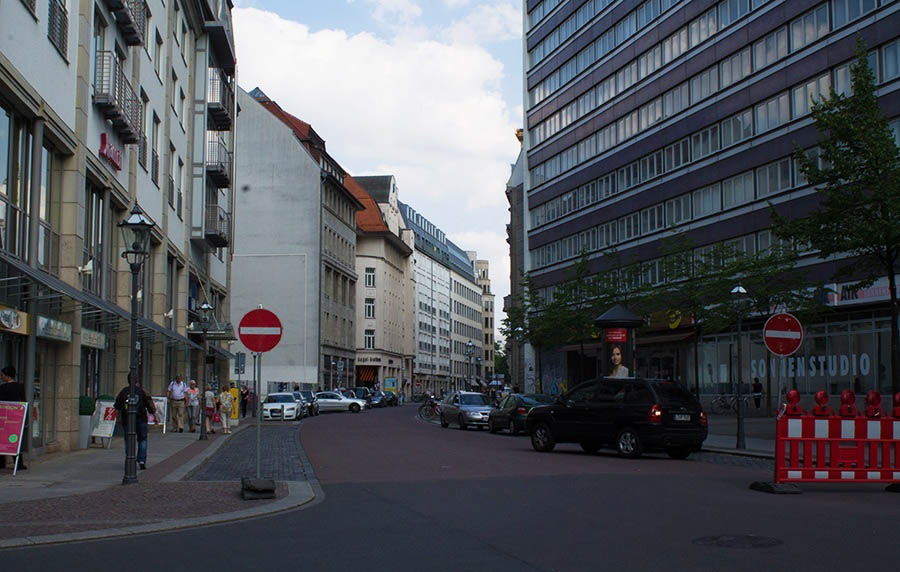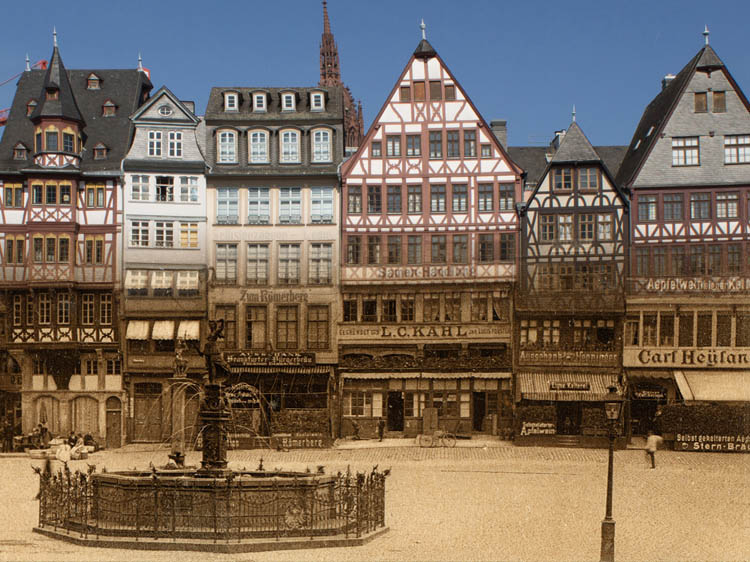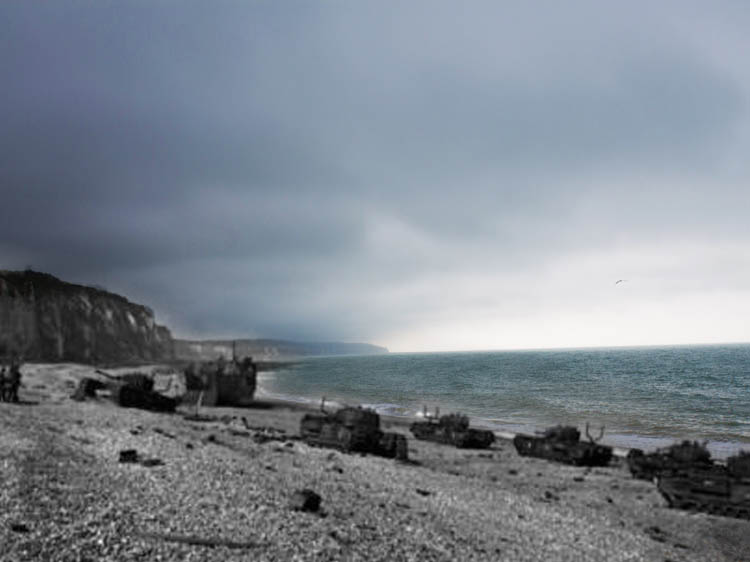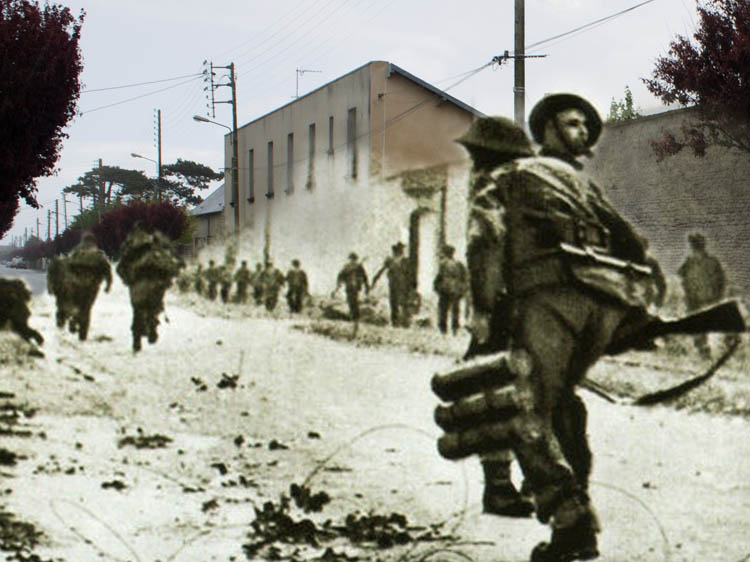Partner City
Leipzig
Saxony's Metropolis
A place of education and book-publishing for much of the past millennia, Leipzig was the scene of an epic battle and Napoleon's most decisive defeat in 1813. The city was fairly lightly bombed during World War II, but it fell inside of what would become the DDR and rebuilding proceeded at a glacial pace. There were some interesting examples of Soviet architecture built during this time, such as the Opera House, but the Soviets were just as zealous in their desire to destroy any buildings or statues that reminded them of Germany's Imperial past, including a number of old churches. Following Reunification Leipzig has been growing rapidly, becoming popular with young people around Germany and gaining the nickname "Hypezig."
Explore
Leipzig
Then and Now Photos
Troops Returning From WW1
1918
German soldiers freshly returned from the trenches in France after the Armistice are now listening to a speech in front of Leipzig's old Rathaus.
Market Square
1804
A painting of the market square created when Leipzig was a part of the Duchy of Saxony.
Diners in Market Square
1890
People enjoy lunch in a streetside cafe in the market square.
Concert Hall
1884
This is the Concert Hall. The old photo was taken just after its completion in 1884, but the building was destroyed by Allied bombing during the Second World War. The current building was erected during the DDR era, in 1981.
Volkhaus After Kapp Putsch
1920
The Volkshaus here was the headquarters of Leipzig's trade unions. In the old photo it has been burned to the ground by the Reichswehr. During the Kapp Putsch in 1919, when army officers attempted to overthrow the Weimar Republic and bring in a right wing autocracy, the coup leaders were thought to have made their headquarters in this building. The army attacked the Volkshaus and destroyed it in a bid to flush out the coup plotters.
The Pleissenberg
1893
The Pleissenberg as seen from across the river Pleisse. Today the buildig has been replaced by the new Town Hall.
South Goethestrasse
1890
People, carts and horse-drawn trams work their way up and down South Goethestrasse. The building on the far left remains the same.
People on the Bruhl
1890
A crowd of men, women and children, pose for a photo on the Bruhl. The building at the end of the street on the left side is the only one that still stands.
The Heuwaage
1855
This photo gives us a glimpse deep into a long-vanished era. The building seen is the Heuwaage, which dates to the early 17th Century. It was demolished just after this photo was taken and today its site is occupied by a modern office building.
Celebration on the Bruhl
1906
A busy day on the Bruhl. German national flags and decorations are out, perhaps to mark the visit of a member of the royal family. Once again little has survived the Second World War and decades of Communism except for the street layout.

